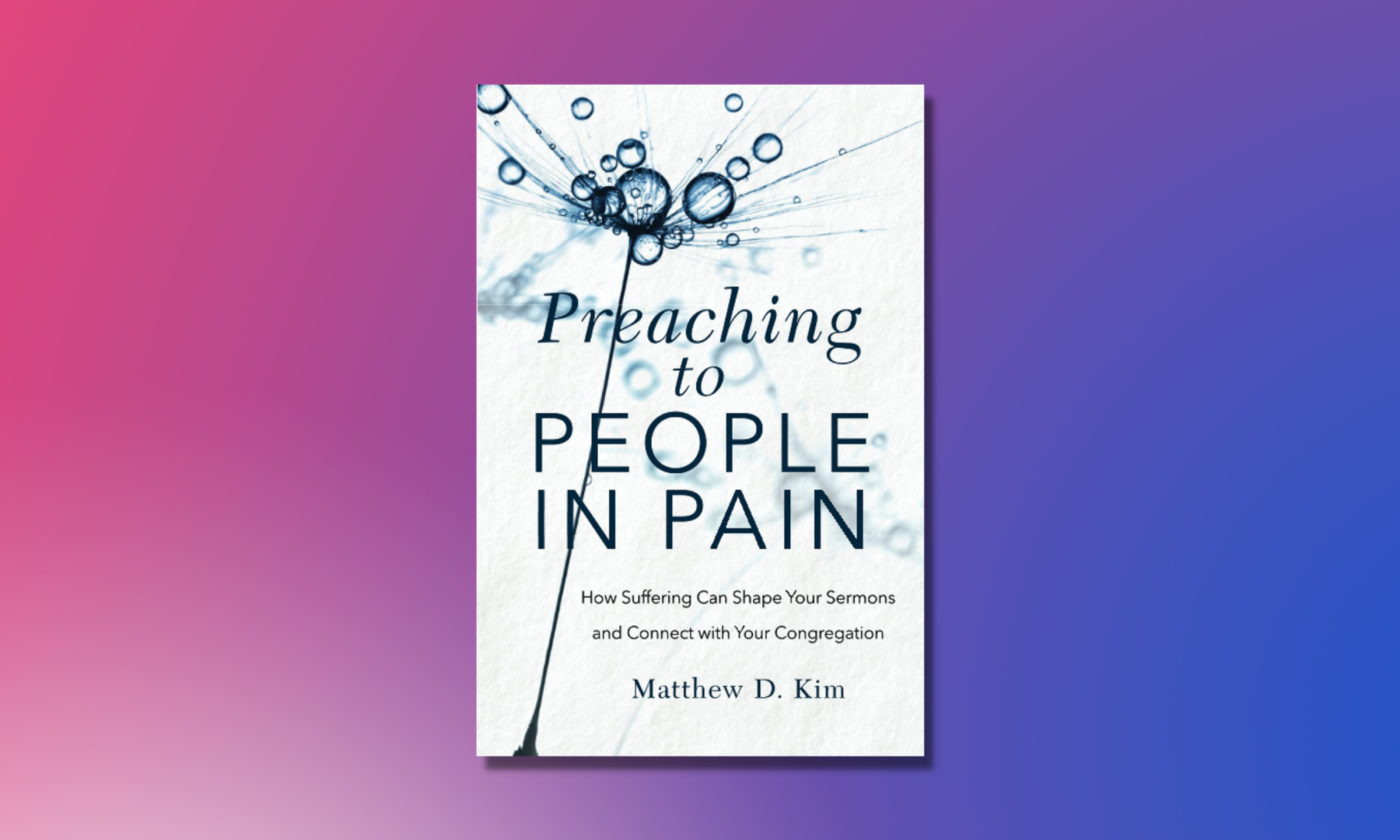Should a pastor speak to our personal pains directly from the pulpit? In Preaching to People in Pain, Matthew D. Kim explains how suffering can shape your sermons and connect with your congregation.
Sharing Our Stories
The book is divided into two parts. In Part 1, “Naming the Pain,” Kim shows the unique ways pastors suffer and experience pain—allowing them a means to preach in a personal way to their congregation. Part 2 details six different types of pain that are prevalent in many congregations.
Kim confesses that there are reasons why we tend to avoid preaching on pain, but he ultimately believes there are benefits to sharing our stories. Self-disclosure humanizes us, self-disclosure connects us with people and their pain, self-awareness is necessary for good leaders, and self-disclosure helps us model how to overcome suffering and pain.
Preaching with Presence
Interestingly, Kim requests preachers take an inventory of the pain of their listeners. Naming the church member, identifying their type of pain, and timing their length of pain will help you meet the urgent and long-term challenges of your congregation. Kim reminds us that pain comes in waves, and pastors must preach with their presence.
The six different types of pain that Kim addresses are (1) painful decisions, (2) painful finances, (3) painful health issues, (4) painful losses, (5) painful relationships, and (6) painful sins. Each section includes preaching principles, discussion questions, and sample sermons.
Painful Finances and Losses
I was most challenged by the chapter on painful finances. Kim says we should preach on money regularly (not just during building funds). He connects our relationship with money to our responses to human dignity, noting how it often separates us. Insightfully, he notes that preaching on contentment will eventually lead to giving. He speaks about “affluenza”—extreme materialism and consumerism. Kim offers hope with financial wisdom and stewardship, telling us to trust God with our money.
I was most moved by the chapter on painful losses. Kim writes with vulnerability, sharing about the loss of his brother. He showed how speaking about the incident changed the way he was viewed by his congregation, transformed him to be more empathetic, and ultimately brought glory to God. Kim’s wisdom and sensitivity throughout the book are remarkable.
Our Pain is Not in Vain
As an Asian American, I can identify with the pitfalls Kim lists of preachers and congregants. True vulnerability in sermons is seldom. Admitting pain, even in small groups, is awkward and unusual. I am inspired to share my own weaknesses with my church family in order to show Christ as strong.
In the immediate aftermath of COVID-19, we are a people in pain. We also can’t be sure of what lies ahead. Through many losses, the church will persevere. Pastors must continue to preach the Good News. Christ hears our cries. He makes us whole. And he promises that our pain is not in vain.

